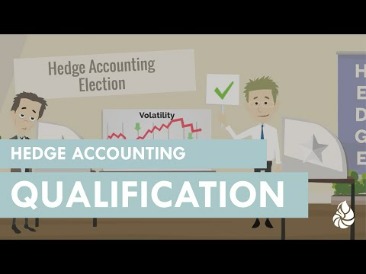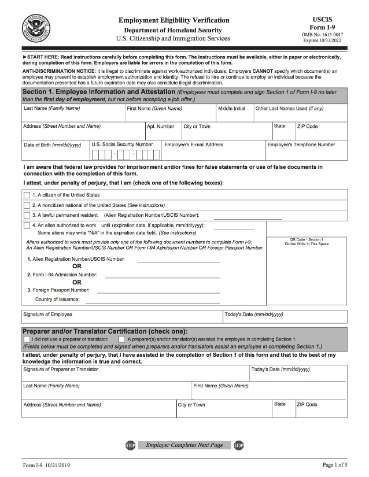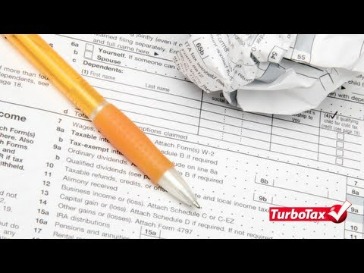- Dic 07, 2020
- Prova Prova
- 0

The key components of current assets are cash and cash equivalents, marketable securities, accounts receivable, inventory, prepaid expenses, and other liquid assets. Assets that fall under current assets on a balance sheet are cash, cash equivalents, inventory, accounts receivable, marketable securities, prepaid expenses, and other liquid assets. Assets that can be quickly converted to cash are known as current assets. They are important because they indicate a company’s ability to meet short-term financial obligations.
The main difference between non-current and current assets is longevity. It is important to note that the items forming a part of inventory are the goods that would be sold during the normal course of business. Thus, goods available for resale form a part of the inventory for businesses such as merchandising companies.
- These outstanding customer balances are expected to be received within one year.
- For example, an auto manufacturer’s production facility would be labeled a noncurrent asset.
- Inventory is also a current asset because it includes raw materials and finished goods that can be sold relatively quickly.
- The general ledger cash balance should be reconciled to the company’s bank statement on a monthly basis, at a minimum.
Stakeholders will often compare current assets to current liabilities to help them understand a company’s actual liquidity. They may extend this to looking at non-current assets and non-current liabilities to get an idea of a company’s future prospects. Although current assets are important, they are just one part of a company’s overall financial position. In particular, they need to be compared to a business’ current liabilities. For example, if a business has a long-term relationship with a client, it is possible that they might be given more than a year to pay for products and/or services.
Create a Free Account and Ask Any Financial Question
These resources are often referred to as liquid assets because they are so easily converted into cash in a short period of time. Contrast that with a piece of equipment that is much more difficult to sell. Also, inventory is expected to be sold in the normal course of business for retailers. These items are typically presented in the balance sheet in their order of liquidity, which means that the most liquid items are shown first.
Current Assets vs. Noncurrent Assets: What’s the Difference? – Investopedia
Current Assets vs. Noncurrent Assets: What’s the Difference?.
Posted: Sat, 25 Mar 2017 17:25:33 GMT [source]
For example, property, plant, and equipment are not typically considered current assets. Accounts receivable are the money customers owe the seller or business. Since most customer payments are converted to cash within a year, it’s listed as a current asset. For example, a furniture company designs a couch for a customer with the agreement that the customer will be billed once the couch is delivered. The total current assets figure is of prime importance to company management regarding the daily operations of a business. As payments toward bills and loans become due, management must have the necessary cash.
These ratios include the Current ratio and the Quick ratio (also know as the acid test ratio). The resources a firm needs to operate and expand are assets in financial accounting. Current and noncurrent assets are the two types of assets that are listed on a firm’s balance sheet and add up to the total assets of the company. Current assets are generally reported on the balance sheet at their current or market price. Non-current assets, also known as long-term assets, are unlikely to be converted into cash within a year or the normal business operating cycle. Investors use the current assets to understand the ability of the company to recover the financial obligations in the near future.
Types of Current Assets
In general, a fixed asset is a physical asset that cannot be converted to cash readily. Fixed assets include property, plant, and equipment, such as a factory. A current asset—sometimes called a liquid asset—is a short-term asset that a company expects to use up, convert into cash, or sell within one fiscal year or operating cycle.
The dollar value represented by the total current assets figure reflects the company’s cash and liquidity position. It allows management to reallocate and liquidate assets—if necessary—to continue business operations. On the balance sheet, the Current Asset sub-accounts are normally displayed in order of current asset liquidity. The assets most easily converted into cash are ranked higher by the finance division or accounting firm that prepared the report. The order in which these accounts appear might differ because each business can account for the included assets differently. In accounting, a company’s current assets include the cash it has on hand and the other assets that will soon be turned into cash.
Quick Ratio or Acid Test Ratio
Investors often analyze the financials of the business operations by calculating the financial ratios or observing the balance sheet. The difference between current and non-current assets is pretty simple. Current assets are resources that are expected to be used up in the current accounting period or the next 12 months.

The Current Assets categorization on the balance sheet represents assets that can be consumed, sold, or used within one calendar year. ManagerPlus® enterprise asset management software helps you streamline your equipment management and optimize maintenance workflows. It enables you to gain valuable insights into how well or how poorly your assets are performing. You can also optimize your asset portfolio using historical data and actual efficiency, broken down by asset type. Regular tracking, monitoring, and maintaining your assets gives you a clearer view of their value. It also helps you to record amortization and depreciation rates accurately in your financial statements.
Resources
Even when your business is on track to succeed in the long-term, current assets can be helpful if you need extra money to cover short-term expenses. The current ratio indicates that a company has enough assets to cover short-term expenses. The formula for determining the current ratio is to divide current assets by current liabilities. It is done to measure the business’s ability to cover short-term liabilities.

When a company sells products or services to customers on credit, it creates an accounts receivable balance. The balance represents the amount of money the customer owes to the company. The balance is typically due within a few weeks or months, depending on the terms of the sale. Companies and other entities typically hold them to earn a return on their excess cash reserves.
For example, a business pays its office rent for November on October 30th. Once they begin using the office space on November 1st, the payment would then be reported as an expense. Any of your what is absorption costing business’s outstanding debts or IOUs are considered accounts receivable. It’s the money that clients or customers still owe you for services already rendered or goods already delivered.
AccountingTools
Examples of cash equivalents include money market funds, Treasury bills, and commercial paper. Hence we have excluded Property, plant and equipment, Goodwill, other intangible assets, Deferred charges, and others. Coming to the second practical example, we have extracted asset data from Berkshire Hathaway Inc.’s annual report filing, which is under 10-K. Inventory – Inventory is the merchandise that a company purchases or makes to sell to customers for a profit.
Other Current Assets (OCA) Definition and Examples of Use – Investopedia
Other Current Assets (OCA) Definition and Examples of Use.
Posted: Sun, 26 Mar 2017 05:58:07 GMT [source]
Current assets are typically listed in the balance sheet in the order of liquidity or how quick and easy it is to turn them into cash. This includes products sold for cash and resources consumed during regular business operations that are expected to deliver a cash return within a year. One important rule to note when accounting for long-term assets is that they appear on the balance sheet at their market value on the date of purchase. Asset management software is a simple and centralized way to monitor and manage all of your business’s assets. It allows you to manage non-current and current assets from a single solution so you can take charge of your assets and create a more efficient operation.
Non-current assets, on the other hand, are resources that are expected to have future value or usefulness beyond the current accounting period. Some examples of non-current assets include property, plant, and equipment. Ratios help measure a company’s liquidity and give investors a real look at how a company is doing. The most common liquidity ratios used include the current ratio, the quick ratio, and the cash ratio.
